Back to blog
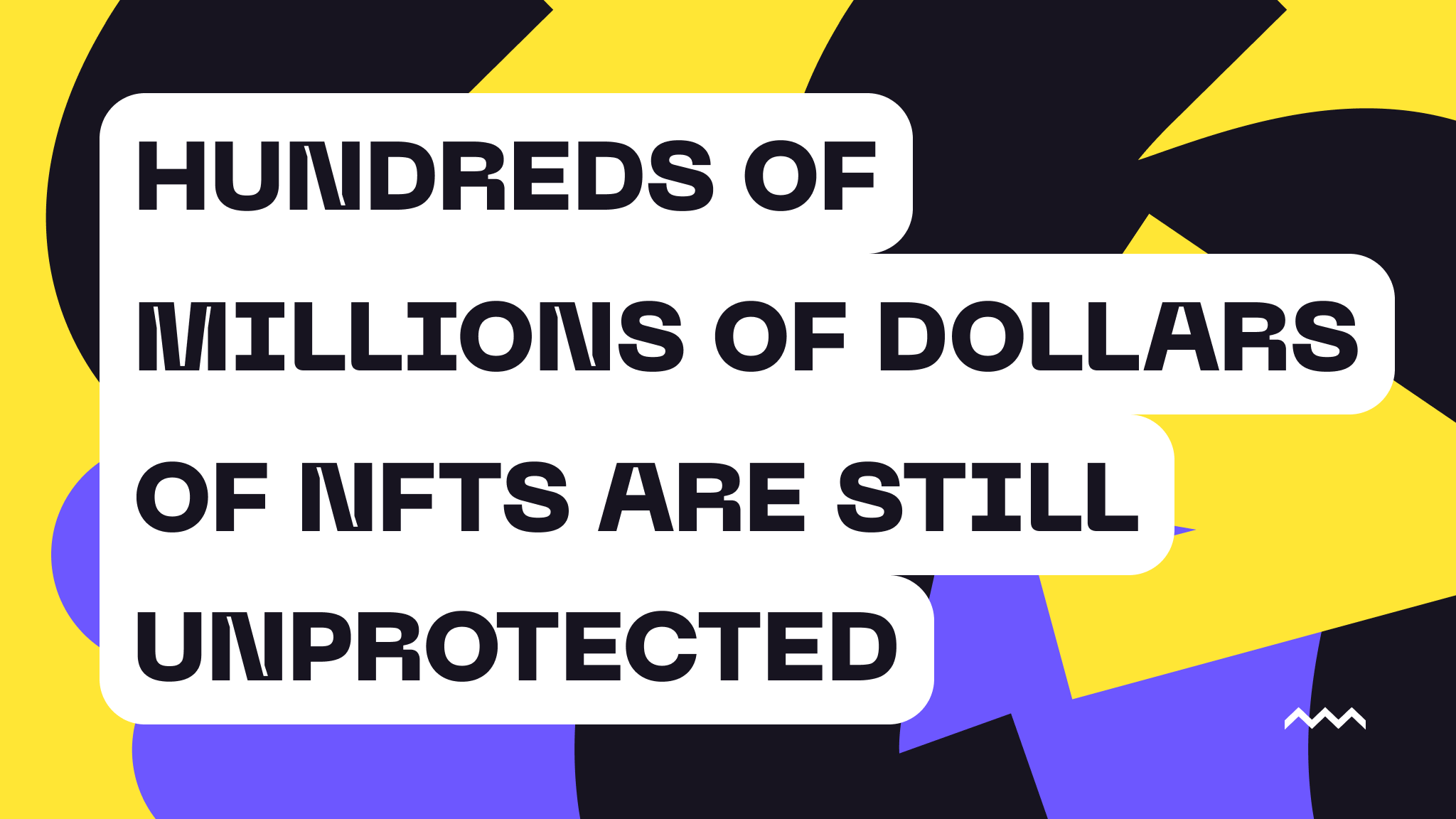
Hundreds of Millions of Dollars of NFTs Are Still Unprotected
While working on a tutorial that allows people to back up NFT metadata and assets using their own Pinata accounts, thus replicating the assets across IPFS, I decided to analyze the top-1000 NFT collection all-time in terms of volume. I wanted to know a few things:
- How many projects had assets on centralized servers
- How many projects used IPFS
- How many projects were dead
Despite the calls to put NFTs on IPFS starting in 2020 and 2021, there are a shocking number of projects that have done millions in volume that are either hosted on centralized storage providers or are completely gone from the internet entirely.
Let’s run through some of the data.
The Good
We’ll classify the good as those projects that are stored on IPFS. These projects put at least the NFT metadata on IPFS, thus making it available for anyone to preserve rather than relying on a centralized entity who could remove the content at will.
Of the top-1000 NFT collections (by all-time volume), 327 collections are on IPFS. Of those, 288 are on Pinata. 32% of the top collections being on IPFS is not great, however, some collections are entirely onchain, so we should look at those that are on centralized servers.
The Bad
These are the NFTs that are not on IPFS but they are still accessible. At any moment, these NFTs could vanish like many people saw with so many NFTs after the boom died down.
277 NFT collections from the top-1000 are on centralized servers. That’s 27% which is better than what we might have assumed when looking at the 32% number above. But 27% is still a significant number considering how long people have been talking about how NFTs need decentralized metadata and assets.
The Ugly
These NFTs simply no longer exist. Their smart contracts point to metadata that is no longer accessible from the original centralized servers they pointed to. If you see these NFTs in a marketplace, you’re actually seeing an archived version of the NFT that the marketplace indexed back when the token metadata was still available. But should anyone else query the blockchain to get data about these tokens, they would not be able to fetch the metadata or assets.
98 collections from the top-1000 are no longer accessible. This is truly the ugly. This is where we can see hundreds of millions of dollars spent on assets that just don’t exist anymore.
This isn’t about naming and shaming, but it’s important to illustrate the point being made in this article. To do so, here are a few collections that have contracts pointing to metadata that no longer exists along with their all-time volume on OpenSea.
Smilesssvrs ::)
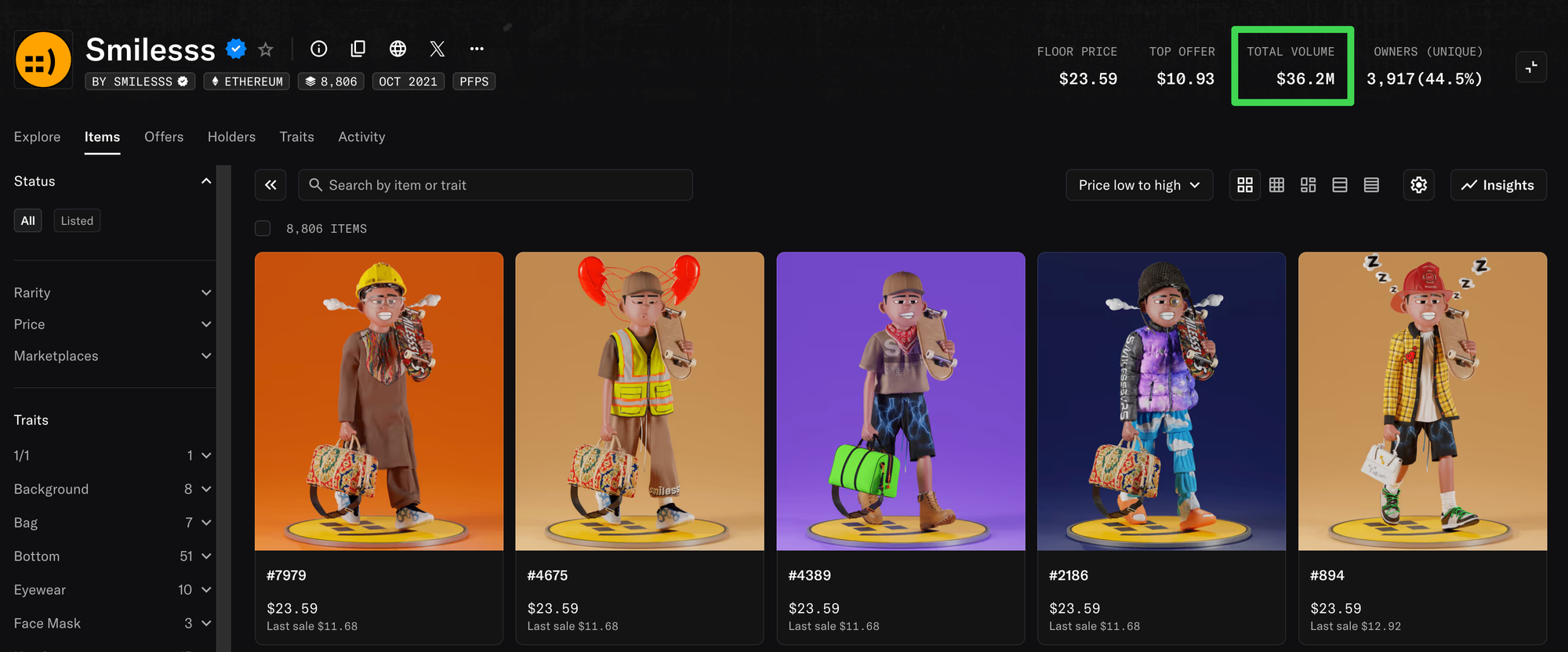
You can select any item in the collection on OpenSea, go to the about tab, then click on the token ID link. Here’s an example. What you’ll see when you do is this:
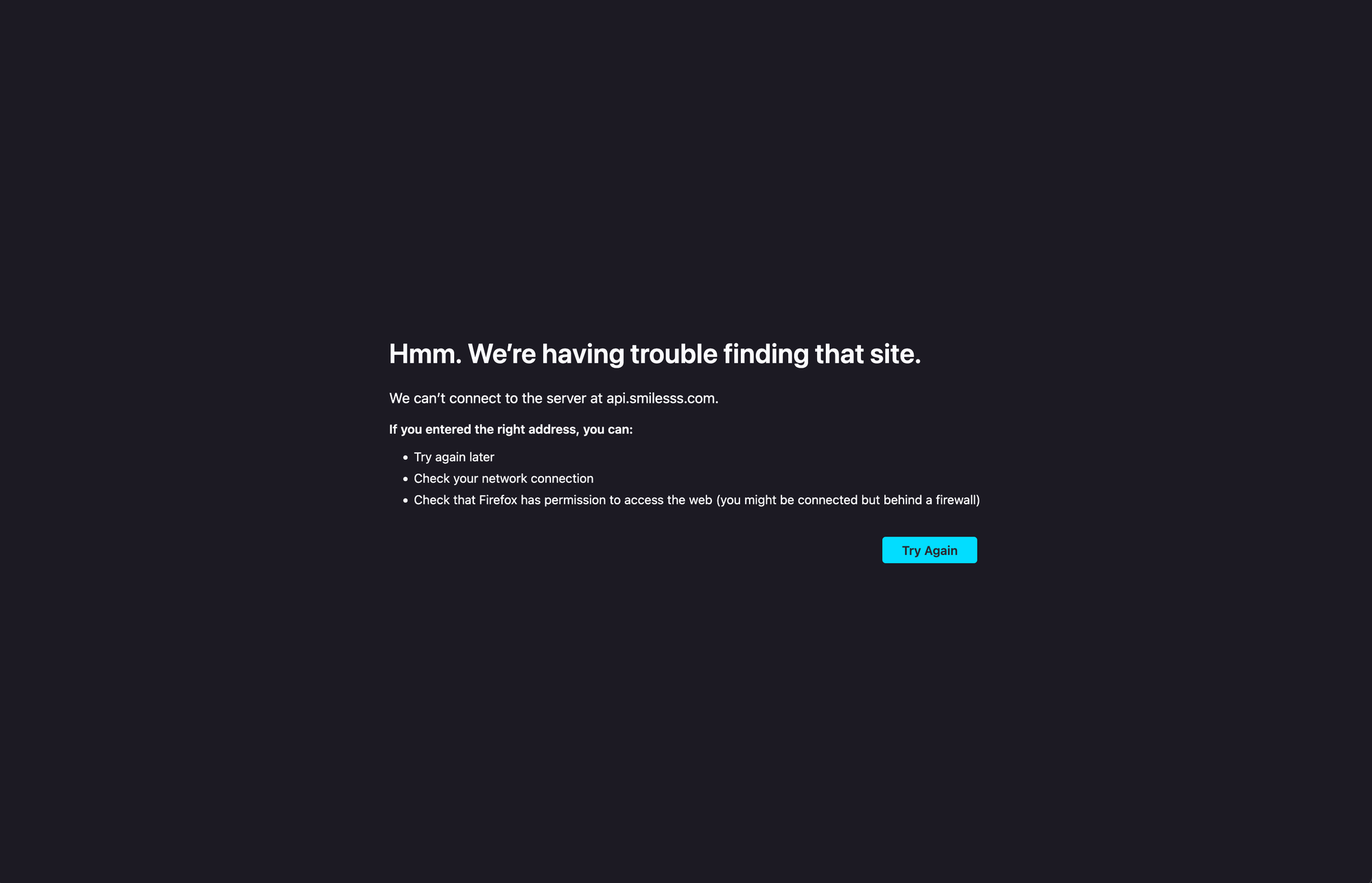
Boss Beauties
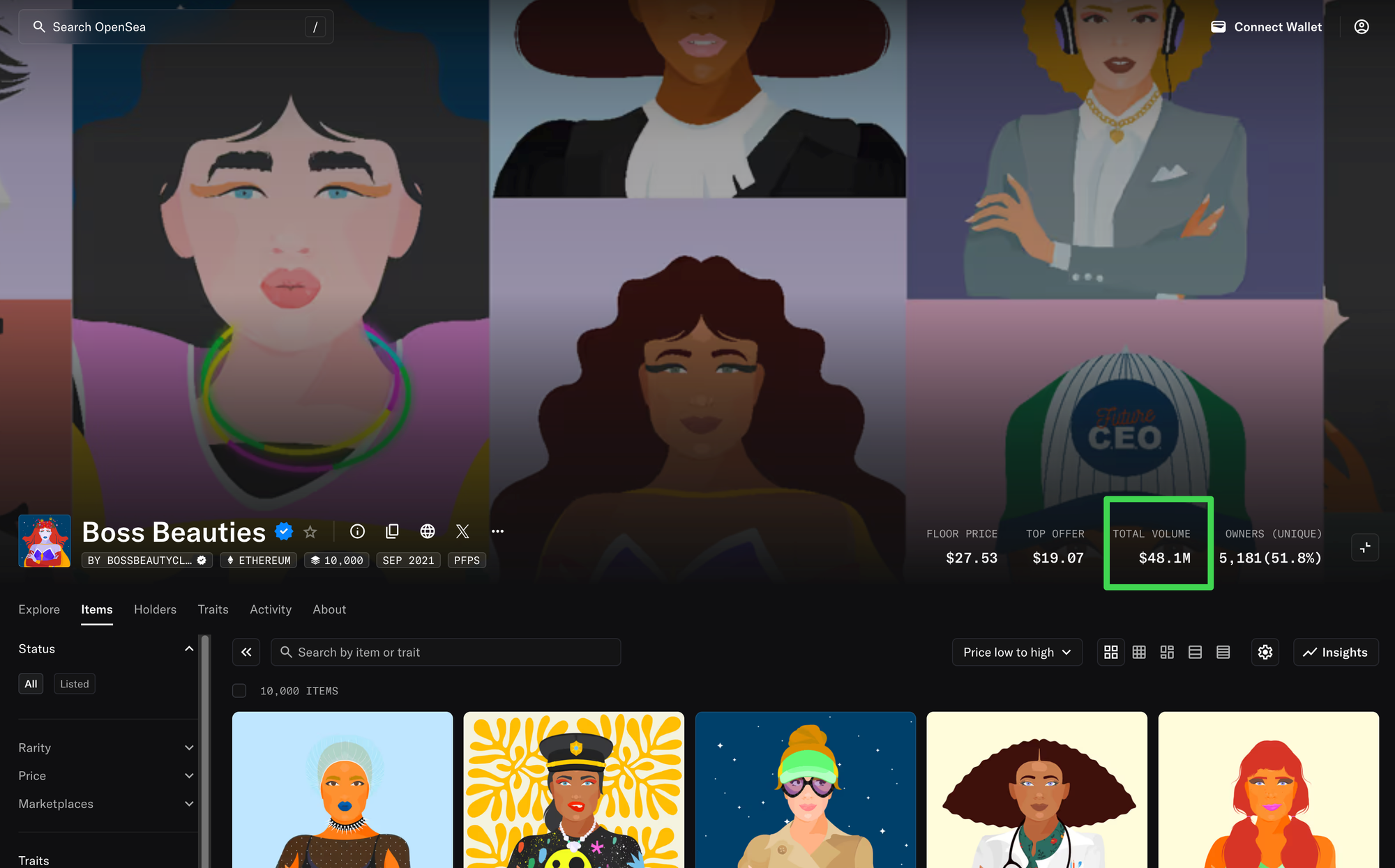
MekaApes
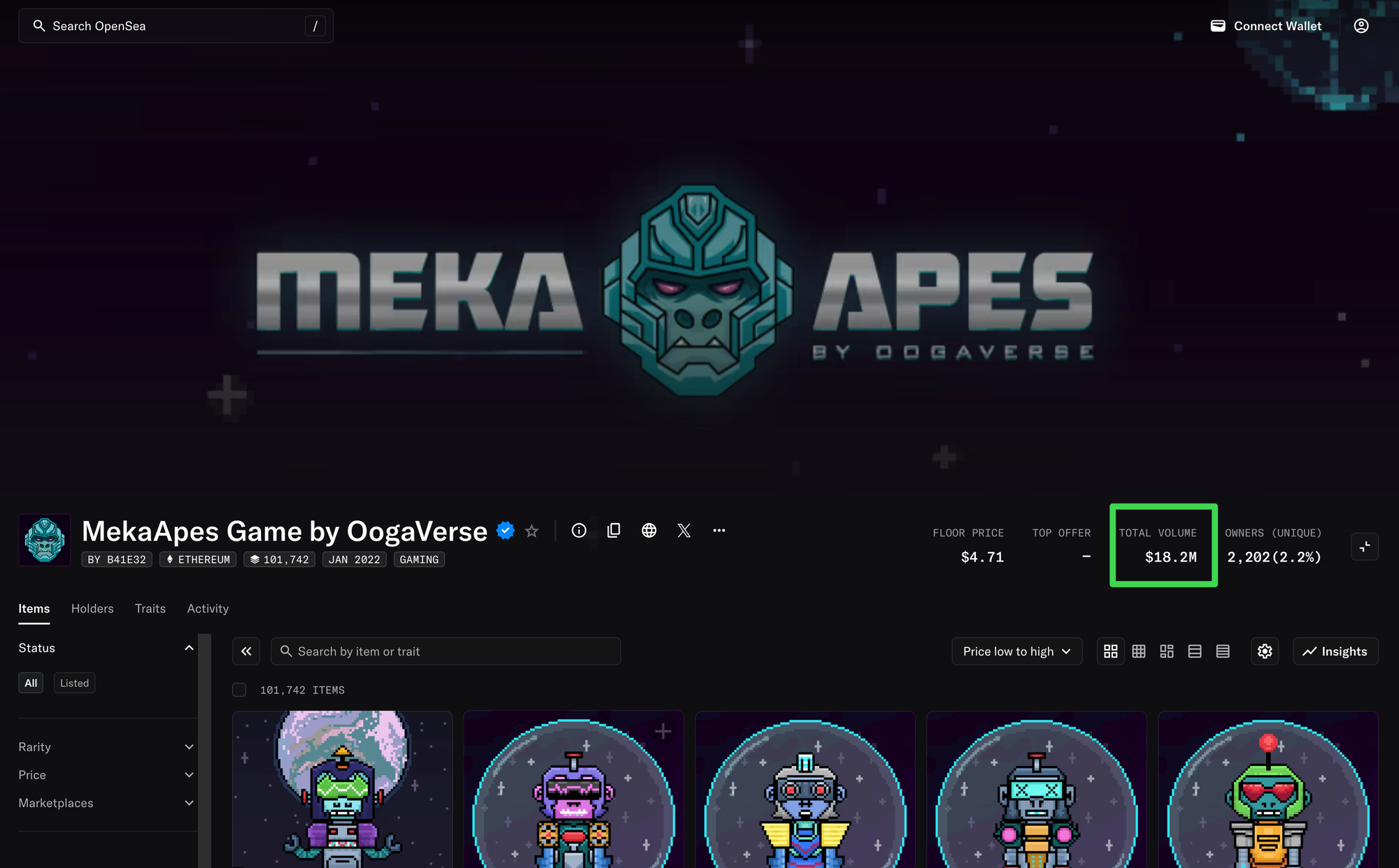
NFT metadata on the contract points to a missing AWS S3 bucket.
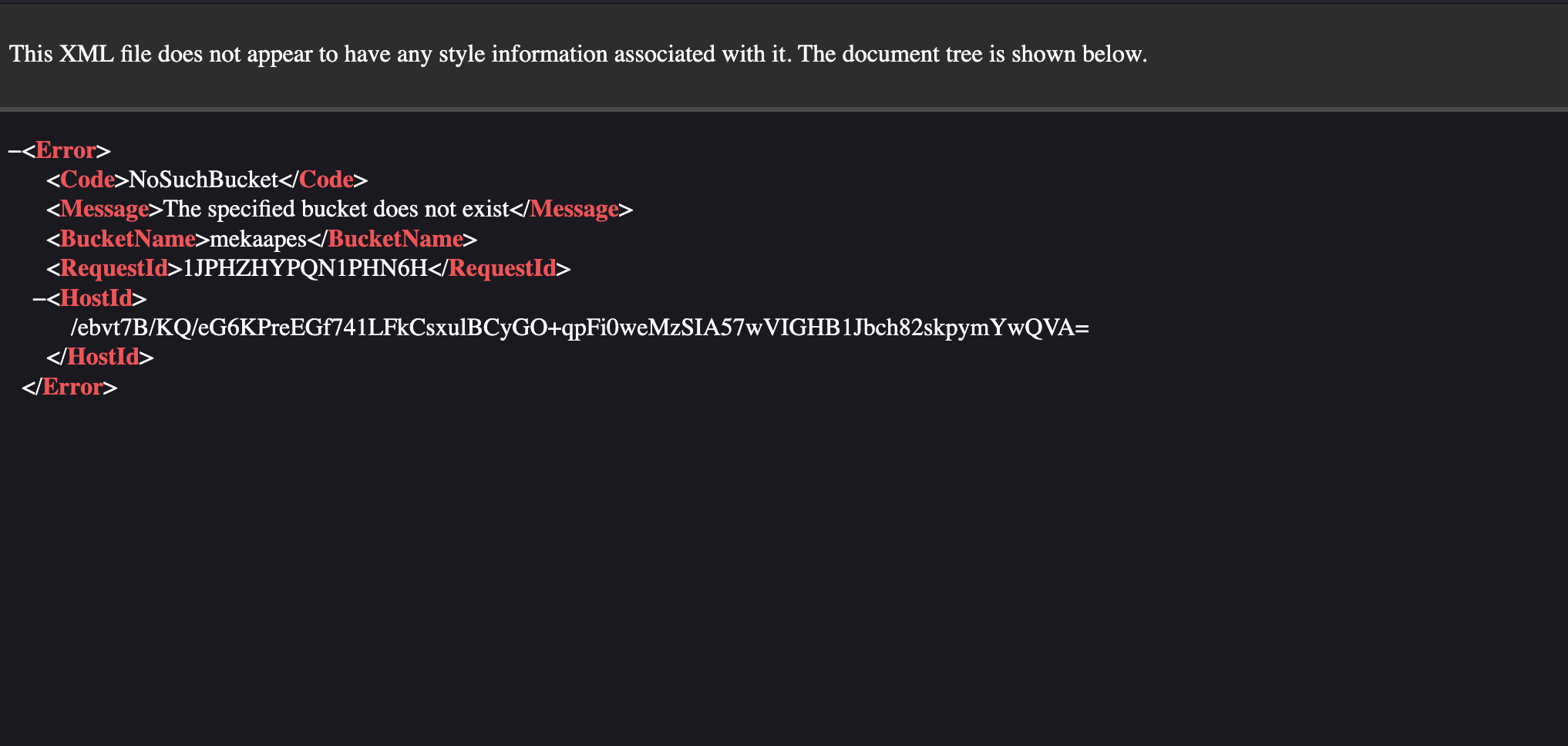
Crypto Cannabis Club
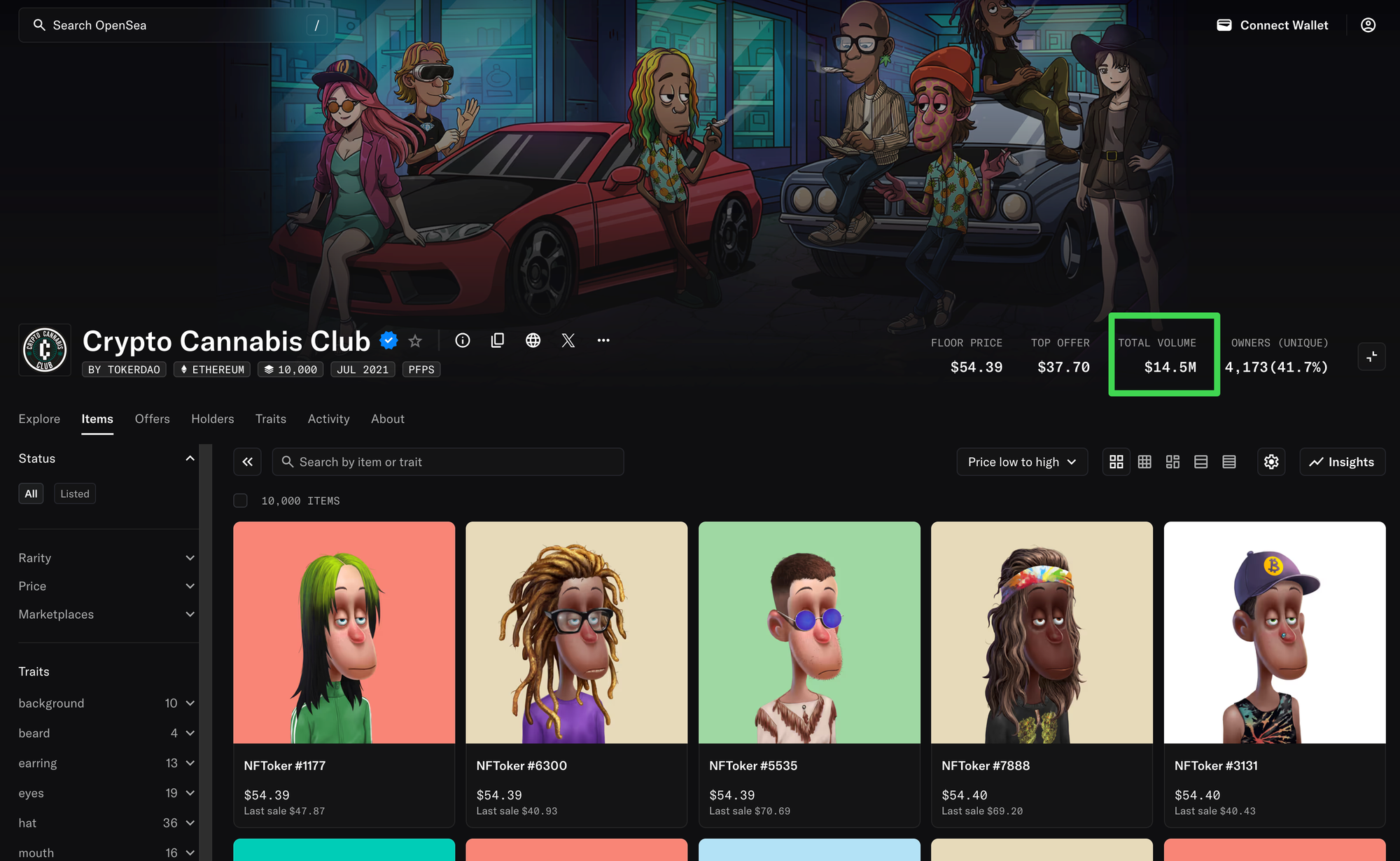
This is another collection that had its metadata on AWS S3 and the bucket no longer exists.
Conclusion
Again, the goal of this article is not to name and shame. It is to highlight the state of NFTs, even after years of people calling for metadata to be decentralized. For many collections, it’s still possible to upgrade the contracts and point the metadata to decentralized sources like IPFS.
If you hold any of these NFTs and still care about them, you should check to see if the metadata is on IPFS or not. If not, consider reaching out to the NFT creators.

